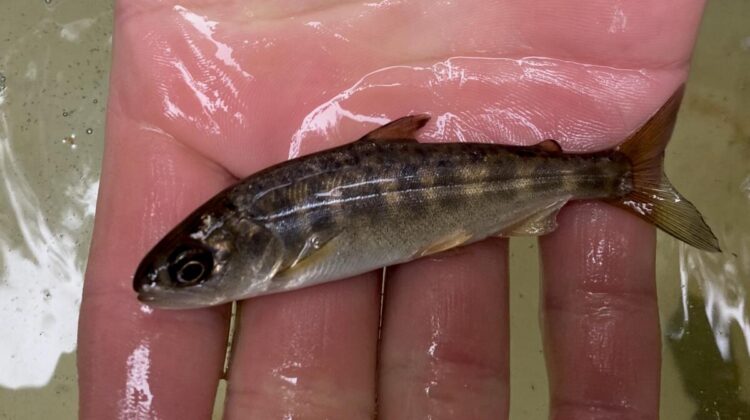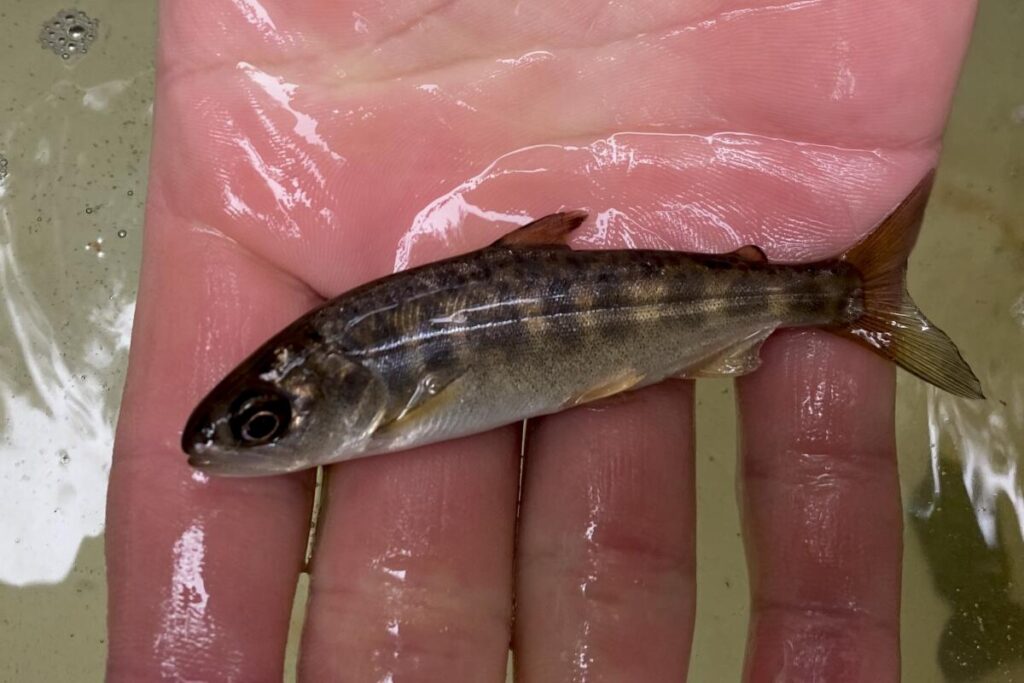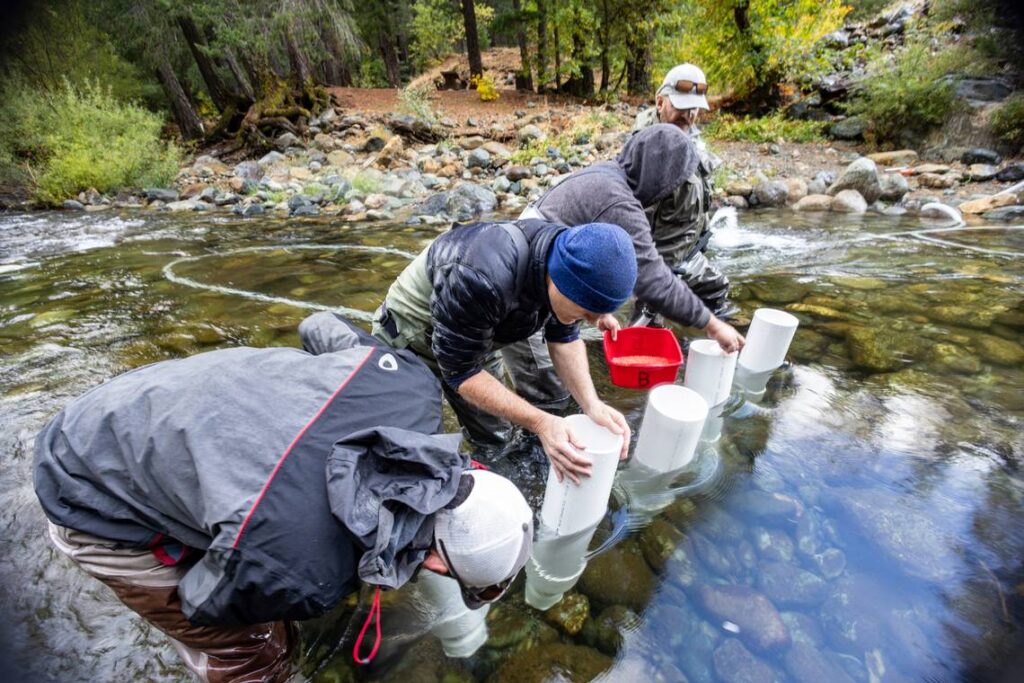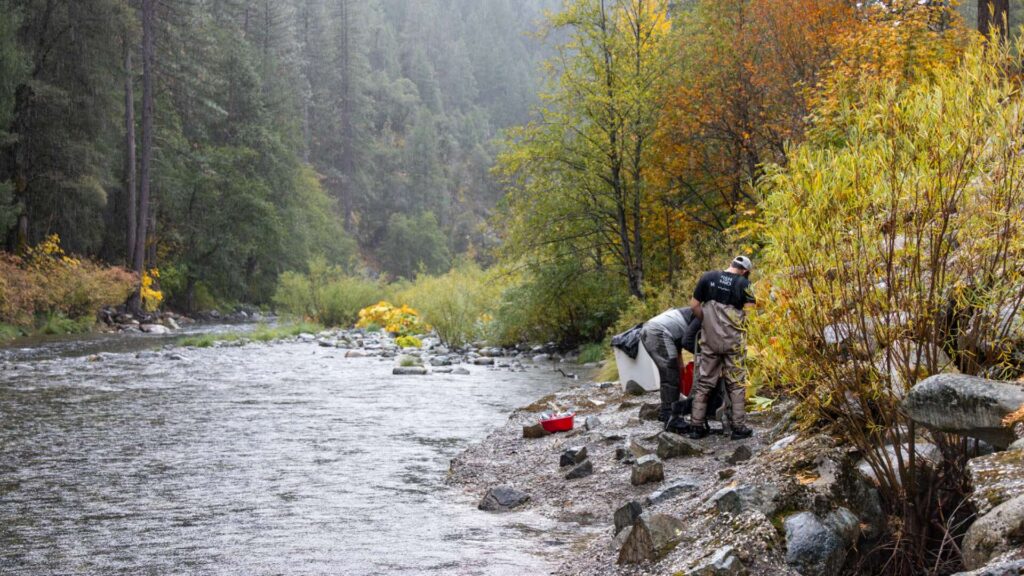
California has witnessed a groundbreaking ecological milestone as Chinook salmon have returned to the North Yuba River for the first time in nearly 100 years. This historic event, announced by the California Department of Fish and Wildlife (CDFW), marks a significant success in salmon restoration efforts and underscores the impact of conservation initiatives aimed at reviving endangered fish populations.
Salmon Restoration Project Sees Success
The return of Chinook salmon to the North Yuba River is the result of a pilot program designed to reintroduce spring-run Chinook salmon to their native spawning grounds in the Sierra Nevada. In October, researchers placed salmon eggs along a 12-mile stretch of the river’s gravel bed to replicate natural spawning conditions.
On February 11, young salmon—hatched from these eggs—were spotted in a rotary screw trap positioned downstream, proving the success of this experimental approach. These juvenile salmon are now being transported to the lower Yuba River, where they will continue their migration toward the Pacific Ocean.

Overcoming a Century of Barriers
Chinook salmon historically thrived in the North Yuba River, but their populations plummeted following the construction of the Englebright Dam in 1941. The dam blocked access to upstream habitats, preventing salmon from returning to their traditional spawning sites.
With no current plans for dam removal, CDFW has adopted an alternative method—trucking salmon downstream past the dams to ensure their survival. This technique, also being used in other California rivers like the McCloud River, is seen as a critical stopgap in salmon conservation efforts.

Climate Challenges and the Future of Salmon Conservation
Spring-run Chinook salmon face increasing threats from rising temperatures in California’s Central Valley. The presence of dams prevents these fish from reaching the cooler waters upstream, often trapping them in dangerously warm environments.
“If we can develop this pilot effort into a full reintroduction program, we would be able to more than double the amount of available salmon habitat in the Yuba River watershed,” said Colin Purdy, fisheries environmental program manager at CDFW. “That’s a huge win for spring-run Chinook salmon.”

A Turning Point for California’s Salmon Population
The return of Chinook salmon to the North Yuba River highlights the potential of strategic conservation efforts to restore fish populations that were once thought to be lost. As California continues investing in salmon recovery projects, this breakthrough provides hope for the future of the species—and a blueprint for restoring salmon runs in other regions affected by dam construction and climate change.
With the success of this initiative, conservationists remain optimistic that further efforts will help restore salmon populations across California’s waterways, ensuring the long-term survival of this keystone species.

Leave a Reply